In today’s immediate digital communications environment, companies have very little time to react to a sudden PR crisis before public opinion steps in. A single post can trend and damage a carefully cultivated reputation in hours, or a news story can find a new audience on Facebook or YouTube that is vastly different from its typical readership.
So, what can be done to protect against the power of the internet, and what can be learned from recent crises that have hit big brands? Well, the good news is there are ways to protect the narrative through being reactive, succinct and powerful in a crisis.
The three A’s: Crisis Management 101
Multiple allegations from different sources that make national coverage over a sustained period is perhaps a worst-case scenario in any PR crisis. ‘Shock horror’ of this nature is a rarity in trade and tech publications as most companies are not the same household names that national newspapers or broadcasters could expose to sell stories or increase viewership. However, at IBA we believe you can never say never – and have handpicked some clear strategies from our Disaster Limitation Rule Book to mitigate the PR fallout.
The first thing to remember when facing a crisis is the three A’s: assume the worst, act fast, act from the top. So, let’s break those down:
1. Assume the worst
So, when an accusation or negative story first appears, businesses are most likely unaware of the key facts, so assume the story is true and quickly work to discover the truth before making a judgement on the story’s validity.
2. Act fast
Word spreads fast in the age of the internet, so it is vital to quickly publish a counter narrative from the company – this can come in two forms: if there is evidence the information is false, publish an instant rebuttal, and if the press is damaging, look to file a retraction from a lawyer or a PR professional without damaging the media relationship with the publication. If the story is true, it is important to take full responsibility, apologize to any victims and announce an action plan to make sure the issue does not reoccur.
3. Act from the top
It is important that the issue is publicly handled by the ultimate decision maker – the founder or CEO – as it shows a degree of empathy and understanding around the issue and demonstrates corporate responsibility.
Don’t ignore the signals to avoid your brand becoming a red flag
Then remember the importance of signals. Actions can speak louder than words. Go somewhere else, get media attention on other pages. Create your narrative around solutions and success. This continual pattern of regular communication during a difficult time is a signal – not of a business in crisis – but of a company that is successful and still in a position of brand leadership. It further demonstrates the commitment to customers. This is vital in the B2B world where the right decision can be the difference between success and failure.
During disaster limitation, it is imperative to not hide from the company’s message as negative press spreads. Silence is never golden! If media interviews or journalist outreach is ignored, or social media channels neglected, this can give the impression of guilt, so companies must react quickly and not create a PR void that can be misconstrued.
How to stay on the right side of public opinion
All companies should have a functional and integrated disaster limitation PR strategy, in case the worst happens. This won’t just allow your business to breed confidence in customers and maintain relations with the press – but further allows for a quick recovery and a minimal loss of face. If a crisis is not fully resolved and left to dissipate, this can be brought up and reignited down the line to further impact brand reputation.
Outside of crises it is vital to keep communication messaging consistent to gain the very most from B2B PR – and this is a core principle we practice and preach for our clients at IBA. So why not reach out to our team of B2B marketing experts and find out how we can keep your messaging consistent and signaling on point!


